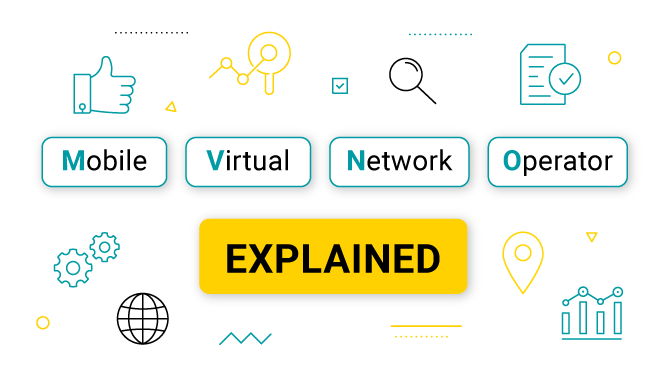How Essential is QA Testing?

Quality Assurance Testing is an easy thing for a software developer to overlook in the urgency to get to market with a new app. However, launching a new app or software without thoroughly testing it first can become a regrettable mistake that isn’t so easy to walk back.
In this article, we examine how essential it is that an app or piece of software is QA tested before release.
Obtain Customer Interest Early On
When early adopters have a positive experience with the app because it solves their problem and does what was expected, this can be invaluable. Following positive word of mouth, it’s likely that more reviews are published about the usefulness of the app or software package. Some of these are possible by arrangement, but a steady surge of positive interest is something that corporate money usually cannot buy.
However, when software has numerous bugs, won’t reliably perform the necessary actions predictably, and is subject to random crashes, then users can quickly turn away from the app and onto a competitor’s offering. That’s even if it’s lacking in features or a high-quality front-end design.
Verify Software Compatibility
Whether developing a mobile app for iOS or Android, a web app to be used cross-platform, or a software package for a PC or Mac, there are always software compatibility issues to wrestle with.
For instance, will the Android app work as flawlessly on an older version of Android? Can it access and save correctly to SD cards or do the changing Android O/S functionality and permitted access to SD cards to cause the app to sometimes fail?
Only by testing an app across a variety of software and hardware scenarios can it be confirmed that it operates well on all of them. This way, the minimum requirements and the recommended system can be confirmed in the documentation for clarity with eventual users.
Software Bugs Aren’t Always Glaringly Obvious
Software bugs don’t wave their hands in the air and get your attention! A coding or logical error in a piece of code isn’t always that obvious. Indeed, the exact set of circumstances where the bug is triggered (and is noticeable too) may only happen occasionally. As such, it may be rarely observed and without testing may never be seen at all until a larger pool of users is using it post-release.
Automated Testing
Automated testing is useful to set up processes to iterate through a series of standardized tests.
It can be used to test a code’s robustness, that the features remain accessible, and that the software or app works reliably. However, this isn’t the only QA testing that matters.
Manual Testing
While automated testing is a little bit like applying a robotic approach to testing, QA manual testing is entirely different. Here, you’re using the human approach to add in some less predictable usage paths, random actions within the software or app, and other non-standard methods to reveal how the app responds.
It’s best to try QA manual testing to get a clearer idea about how it works. Global App Testing is capable of manually testing software or apps using multiple testers to use the pieces of software and find flaws.
Only through manual testing can less obvious and often surprisingly software bugs be found. Introducing the less predictable human element to the QA process provides meaningful insights that maybe sometimes be lacking otherwise.
Software Bugs Are Expensive to Fix
Software bugs found after the software’s release to the public is more expensive to fix later.
When there are a series of significant problems discovered, then the developer has an upwards battle to work through them while keeping the software functional in the meantime.
The Technical Support teams can quickly get swamped with complaints. Customer Support may receive numerous refund requests too, where the chargeback and/or refund fees can become a net loss for the company.
At which point, these teams rue the day that the software was released without being rigorously tested. That mistake has now fallen squarely in their lap and they usually don’t have good answers for the customers who contact them either.
Avoid Future Security Risks
Many software updates relate not to improvements or upgrades but are done to patch over security risks present in the initial or previous release. These have been reported and a patch created to fix the security hole before it was exploited by a hacker.
Security breaches now frequently becoming international news. Millions of customers find that their confidential information is stolen and often sold on the Dark Web or elsewhere to the highest bidder.
The company then must notify all customers of the possible breach and request that their customers change their password access details ASAP. This can be enough to encourage people to jump ship to another organization that hasn’t, as yet, had a security issue.
Is Software Doing What’s Required?
While a company can just release some software, cross their fingers, and hope for the best, it’s not an effective long-term business strategy.
Only by using QA testing is it possible to confirm that the software or app works as intended. Is it even ready for release yet? By testing, it can be confirmed that it does what is required. It can also be load tested to verify whether it will still keep working when multiple connected users are attempting to log in and access its features.
Knowing when the software is ready to release is critical for software companies. Their marketing team must plan out marketing campaigns around predictable release schedules. A rushed last-minute job won’t deliver the best marketing results. Similarly, negative press or poor word of mouth will overcome major marketing spend without advance testing to ensure bug-free use and ease of usability.
QA testing is essential to provide a better user experience. However, it’s also good for the software company because it reduces complaints and increases the predictability in their business too. The days of releasing software versions that are either untested or riddled with bugs are long gone. Customers expect much better and have other choices if a software package or app is found to be unreliable.
















